
- Type:
- artificial reef, barge
- Built:
- 1961, Bethlehem Beaumont, Beaumont TX USA
- Specs:
- ( 230 ft )
- Sponsor:
- Morania Oil Company
- Sunk:
- Monday June 6, 1988 - Sea Girt Artificial Reef
- GPS:
- 40°06.301' -73°57.424'
- Depth:
- 75 ft
More: Morania 180 ...
The pink and white areas are shipping lanes. 'Natural' shipwrecks are depicted with a wreck symbol.
More: Artificial Reefs ...

More: Morania 180 ...
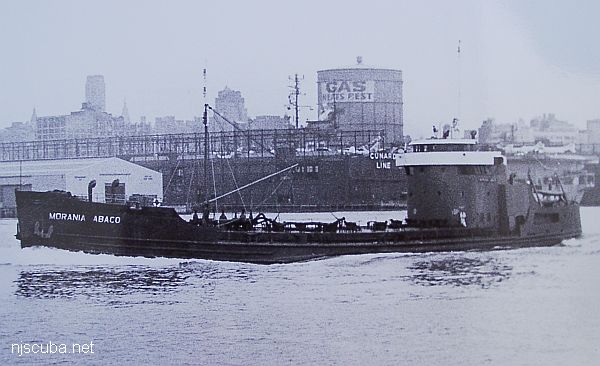
More: Morania Abaco ...

More: Mount Sinai ...
More: Mr G / Rusty Pusher ...
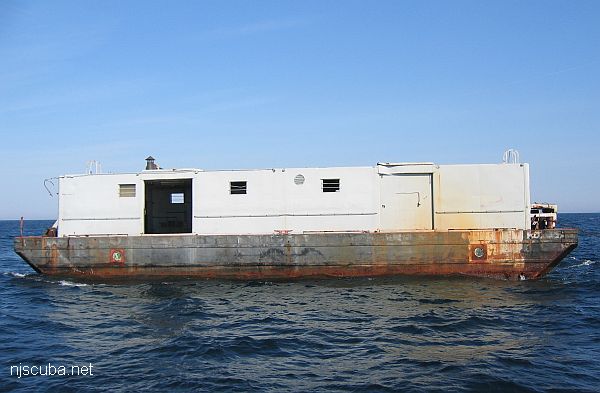
More: MRMTC 8 ...
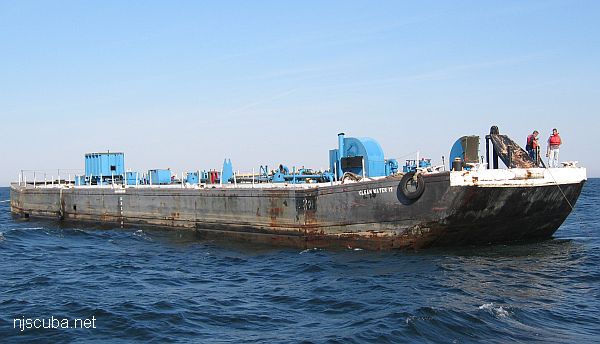
More: MRMTC 9 ...
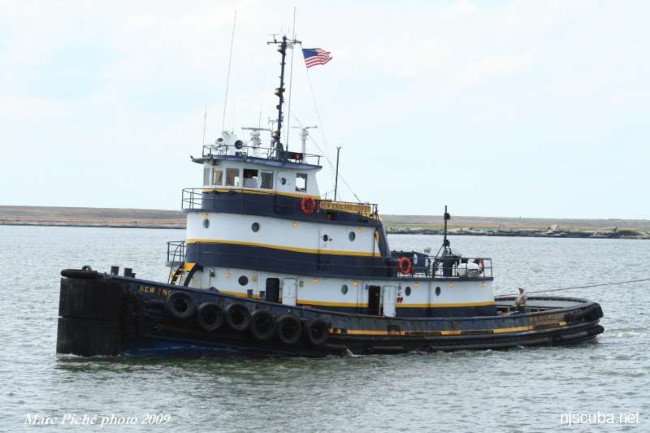
More: New England Coast ...
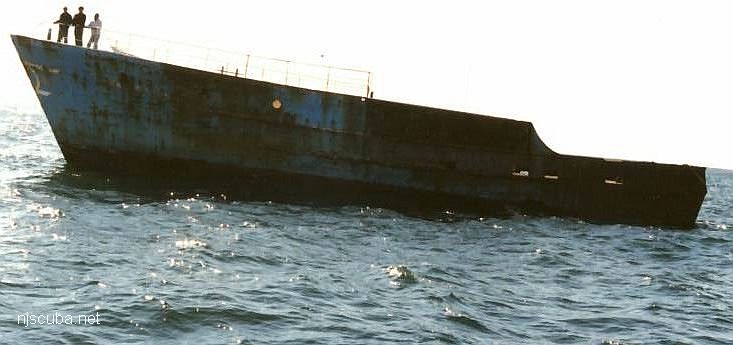
More: Niagara Falls ...
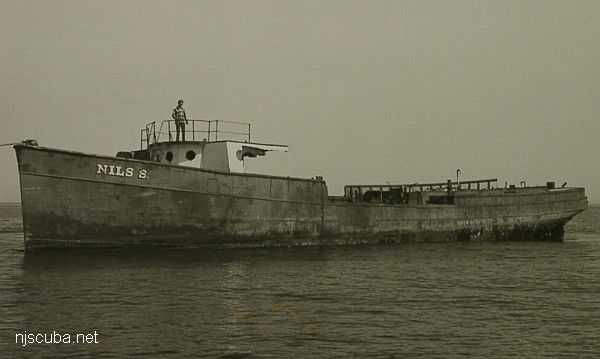
More: Nils S ...
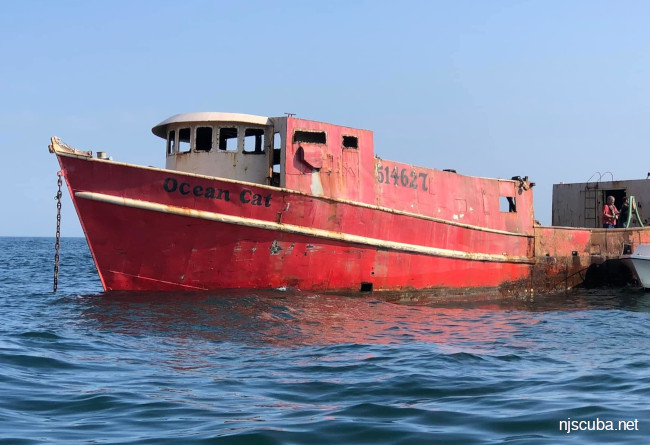
More: Ocean Cat ...